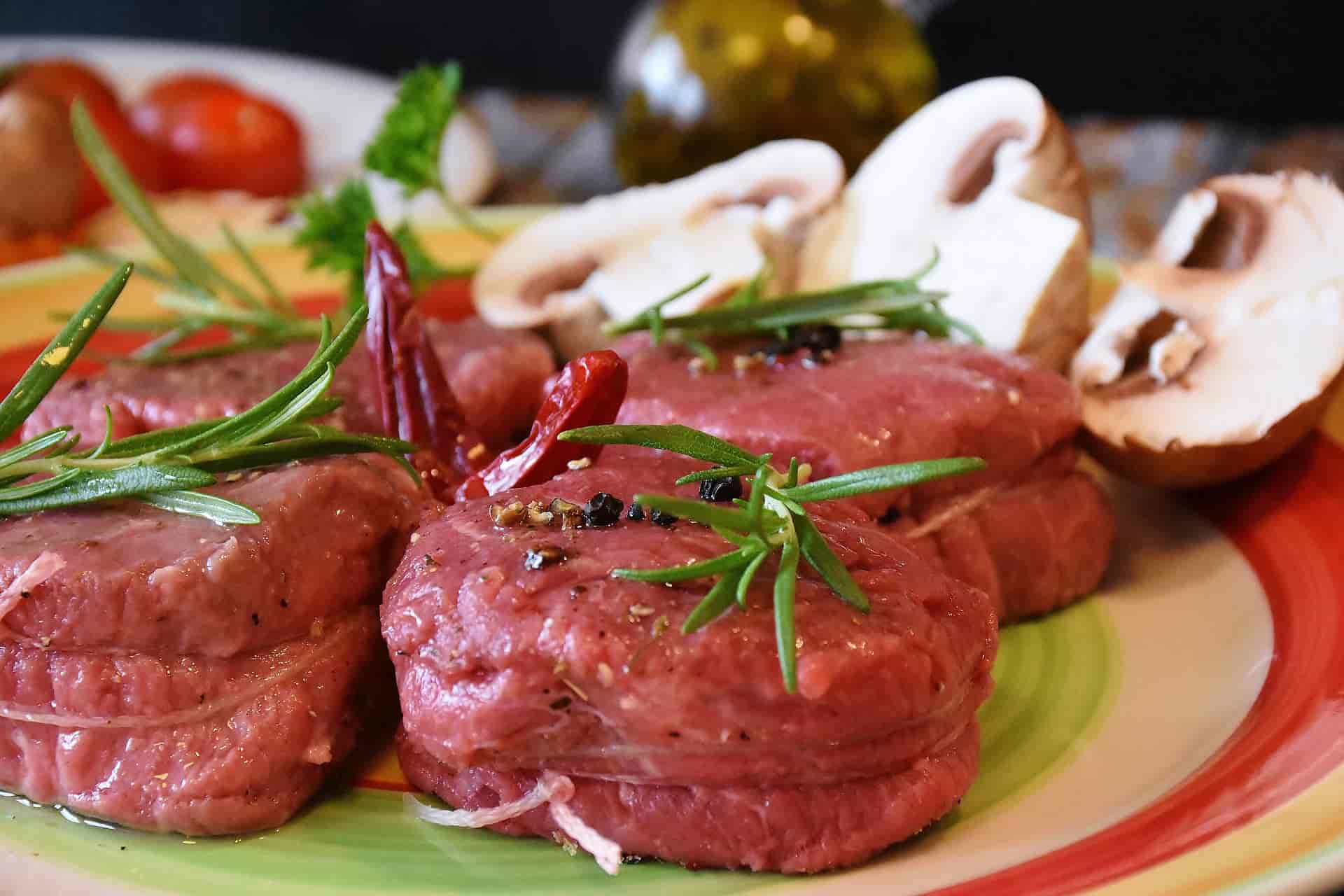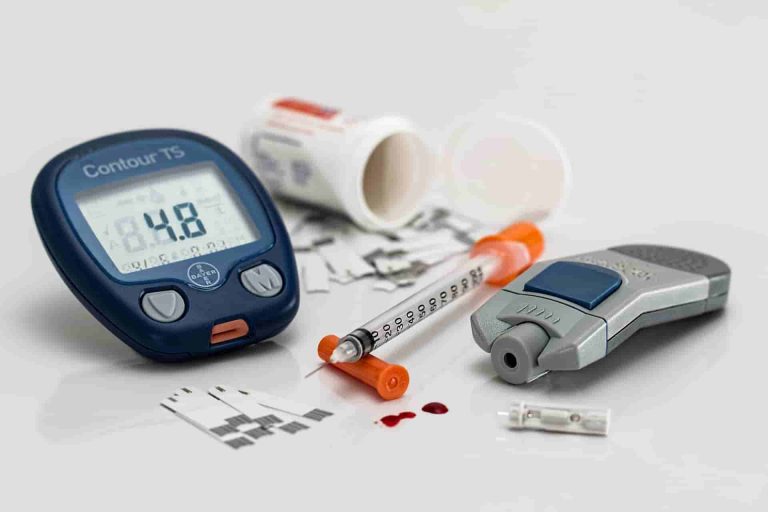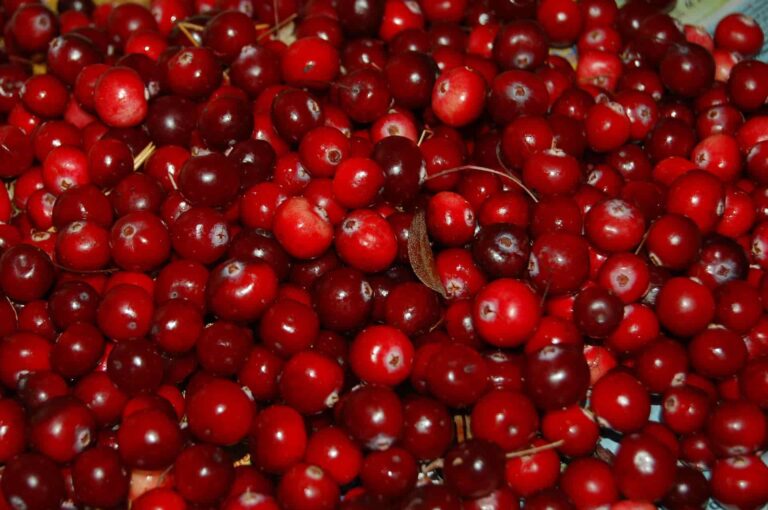How much meat is actually good for me?
The world is hungry for meat. Worldwide 280 million tons are currently produced annually. And hunger grows. If this continues, it will be 463 million tons a year in 2050. Experts are now warning of the consequences. Climate change, monocultures and diseases, everything that increased meat consumption can cause.
89 kilos. That’s how much meat a German consumes each year. He eats around 60 kilos of it himself, the rest is made up of feed, losses and industrial processing, reports the Federal Office for Agriculture and Food. Worldwide, a total of around 280 million tons of meat are consumed annually, one third of which comes from pork and another from poultry.
The rest is made up of beef and sheep. These figures come from the Food Agriculture Organization (FAO), the United Nations’ food and agriculture organization. The report refers to the years 1980 to 2005. And the values show how great the appetite for meat has become. Especially in developing countries. The meat consumption here doubled to around 31 kilos between 1980 and 2005.
In China even quadrupled, the people here consume around 60 kilos a year. Around 1.5 billion cattle are currently kept worldwide to satisfy the hunger for meat. The FAO estimates that consumption will continue. For 2050, the experts predict that around 2.6 billion cattle will have to be kept. And around 463 million tons of meat would have to be produced.
A lot of effort for a kilo of meat
Meat production is expensive. A cow has to eat around ten kilos of soy to put on one kilo of meat. Almost half of the grain grown worldwide ends up in the stomachs of pigs, chickens or cattle. According to the FAO, around 80 percent of the agricultural land is used for livestock.
In some countries this threatens the biodiversity of plants: In South America, almost 20 percent of the rainforest in the Amazon region has been cleared in the last 40 years. Instead, soy plants are now growing on many areas – also to supply the herds of cattle there with fodder. At the same time, the FAO sees the cattle herds as one of the contributors to climate change. Around 18 percent of global greenhouse gases come from animal husbandry. In addition, a lot of water is used in production:
The meat business
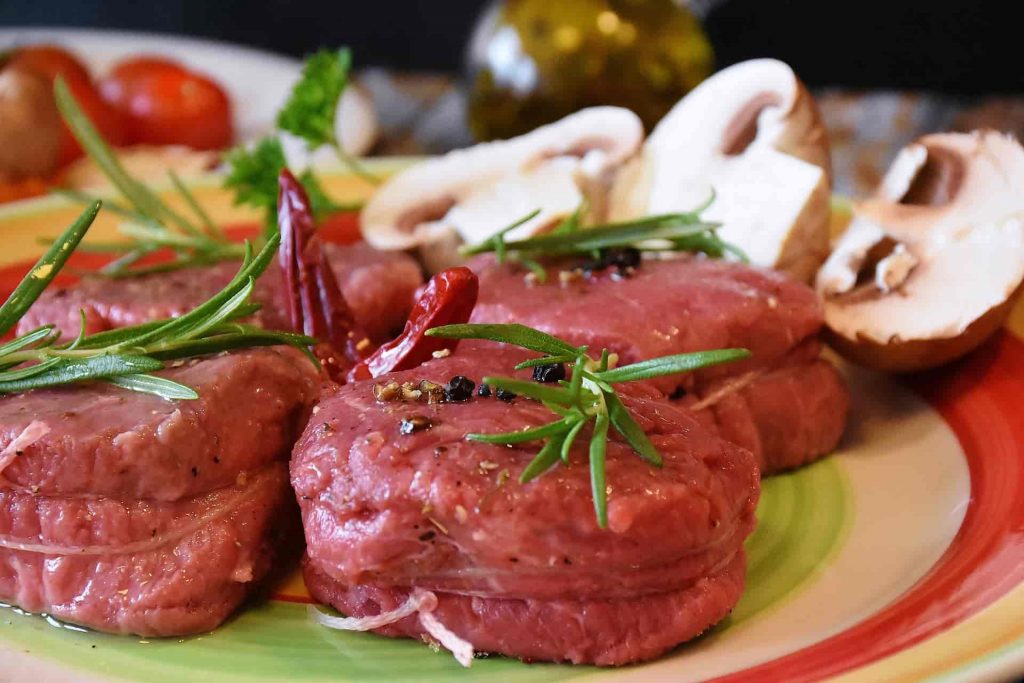
With the hunger for meat, the industrialization of livestock farming also increases. With drastic consequences. According to research by the American author Jonathan Safran Foer (“Eat Animals”), for example, 99 percent of American meat comes from factory farming.
In many mass farms, antibiotics are used to protect the animals from possible diseases. A method that is also used in Europe. Just a few days ago, the Lower Saxony Ministry of Agriculture confirmed that the frequency of drug treatment in chickens has increased.
Ten years ago around 1.7 treatments were used per fattening cycle, today it is 2.3. The organization Foodwatch regularly reports how much botched meat is sometimes processed. There is a long list of scandals and sloppiness on their website. The incident in Deggendorf in Bavaria in 2005 is certainly one of the largest: for two years a company had declared slaughterhouse waste to be food-grade and sold it to companies. The waste was processed into food.
Resource
The use of so-called glued meat is currently being discussed in particular. Various pieces of meat are glued together with the Thombrin enzyme. The meat is not harmful to health, but Federal Consumers Minister Ilse Aigner also demands labeling. This is not enough for consumer advice centers. You are demanding a purity law. For two years, a company had declared slaughterhouse waste to be food-grade and sold it to companies.
The waste was processed into food. The use of so-called glued meat is currently being discussed in particular. Various pieces of meat are glued together with the Thombrin enzyme.
The meat is not harmful to health, but Federal Consumers Minister Ilse Aigner also demands labeling. This is not enough for consumer advice centers. You are demanding a purity law. For two years, a company had declared slaughterhouse waste to be food-grade and sold it to companies.
The waste was processed into food. The use of so-called glued meat is currently being discussed in particular. Various pieces of meat are glued together with the Thombrin enzyme. The meat is not harmful to health, but Federal Consumers Minister Ilse Aigner also demands labeling. This is not enough for consumer advice centers.
You are demanding a purity law. Nevertheless, Federal Consumer Minister Ilse Aigner also calls for labeling. This is not enough for consumer advice centers. You are demanding a purity law. Nevertheless, Federal Consumers Minister Ilse Aigner also calls for labeling. This is not enough for consumer advice centers. You are demanding a purity law.
Meat as an important part of a healthy diet?
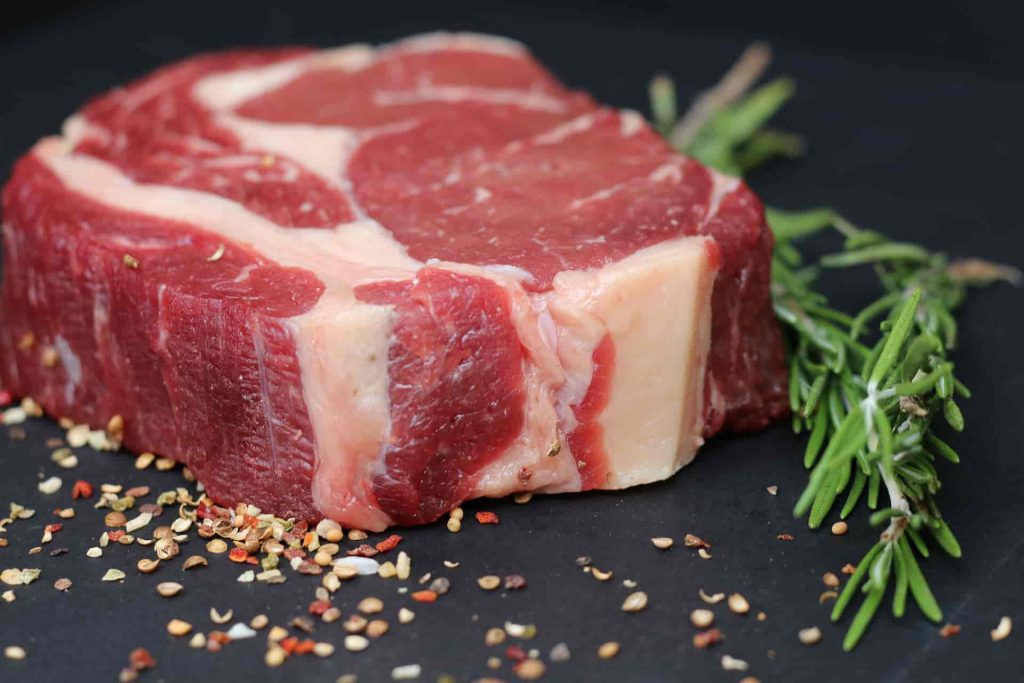
Meat is very popular with many people. The food contains, among other things, B vitamins. The vitamin B12, for example, is important for the formation of red blood cells. In addition, there is a lot of iron, zinc, selenium and potassium in meat.
According to the German Nutrition Society (DGE), the bioavailability of minerals is not higher in any food. Meat also provides important proteins that humans need to build cells. But people mostly eat more meat than is recommended and that can make you sick. In March 2009, the National Institute of Health published a long-term study of around 500,000 Americans.
The result: men who ate more than 250 grams of red meat a day increased their risk of cancer death by 22 percent and the risk of cardiac death by 27 percent. Test participants who did not eat more than 150 grams of meat per day served as a comparison group. The researchers had calculated effects such as smoking, obesity and lack of exercise.
The World Cancer Research Fund has since recommended eating no more than 300 grams of red meat per week. Red meat comes from pigs, cattle and sheep. The Federal Institute for Risk Assessment doubts whether the results can be transferred to the Germans. In its statement of May 2009 it says: “However, no direct causal relationship between meat consumption and cancer or other causes of death can be derived from the Sinha study.”
The conclusion of the analysis: “Meat is still an important food for a healthy and balanced diet.” Yet: Germans eat more meat than they really have to. It is above all the high fat content that is considered a risk factor for cardiovascular diseases and obesity. Because the body stores the fat that it does not consume. The possible consequences: there is a risk of diabetes, high blood pressure and ateriosclerosis. In addition, the risk of cardiovascular diseases increases.
Life without meat?
Now more and more people are trying to eat less meat. The reasons for this are diverse. Some people reject meat for ethical reasons because they are against factory farming. Others fear that intensive treatment with antibiotics harms the quality of the meat. You therefore rely on organic meat. And still others reduce their consumption in order to eat more healthily. Even if you don’t want to completely do without meat, consumption can be reduced quite easily – without the quality of the diet having to suffer.
